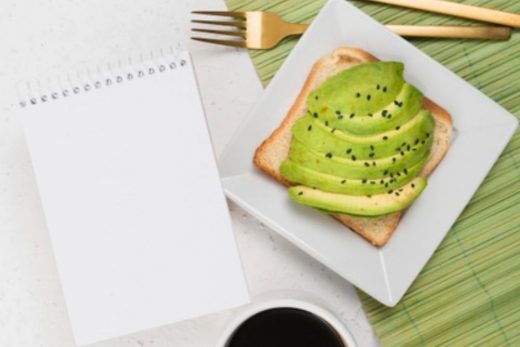Central America: The most noteworthy rum producers in this region are Guatemala (Ron Zacapa), Panama (Ron Abuelo), and Nicaragua (Flor de Caña).
South America: Noteworthy producers here include Guyana (El Dorado, which is sometimes also called Demerara rum and called for in tiki recipes) and Venezuela (Pampero). Brazil’s cachaça is a sugarcane based spirit that’s often called a rum—and is even legally considered such by the United States government—but as it is unaged, we will not consider it a rum for the purposes of this post. I’ll have more about cachaça in a future post.
New England: More significant for historic reasons than for modern. New England once had a thriving rum trade, especially in Medford, Massachusetts, and Newport, Rhode Island. Rum is once again distilled in New England, but not in the colonial New England style. (I consider the role that rum and molasses trading played in the history of slavery to be well beyond the scope of this post.)
Africa: The only African rum I’m aware of is Starr African Rum, from the island nation of Mauritius. Distilled from molasses, Starr is a delicious clear, but richly flavored, rum. Cool bottle, too. Certain areas of Africa are perfect for growing sugarcane, so Africa may become a region to watch for future rum production and an evolution of rum styles.





